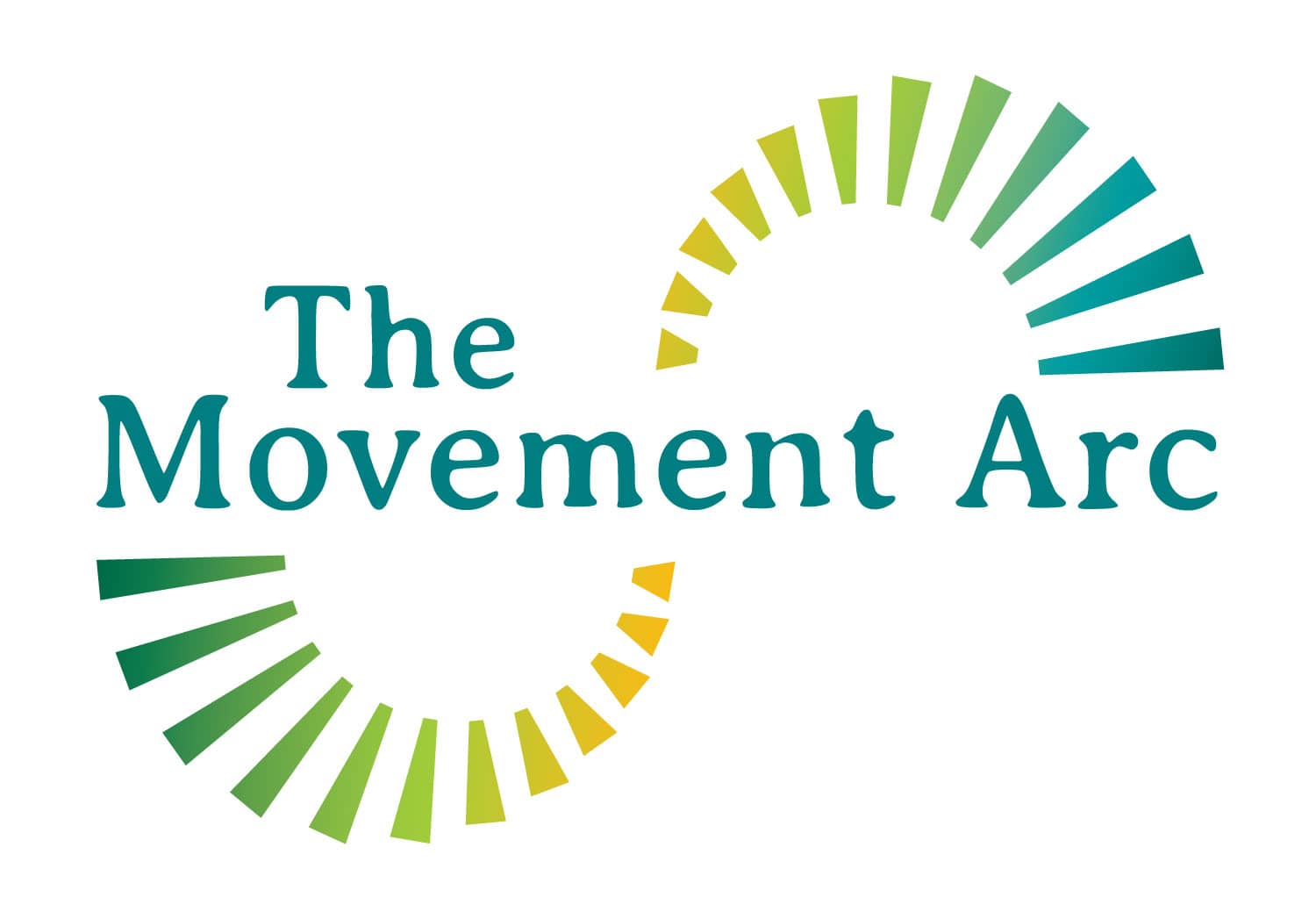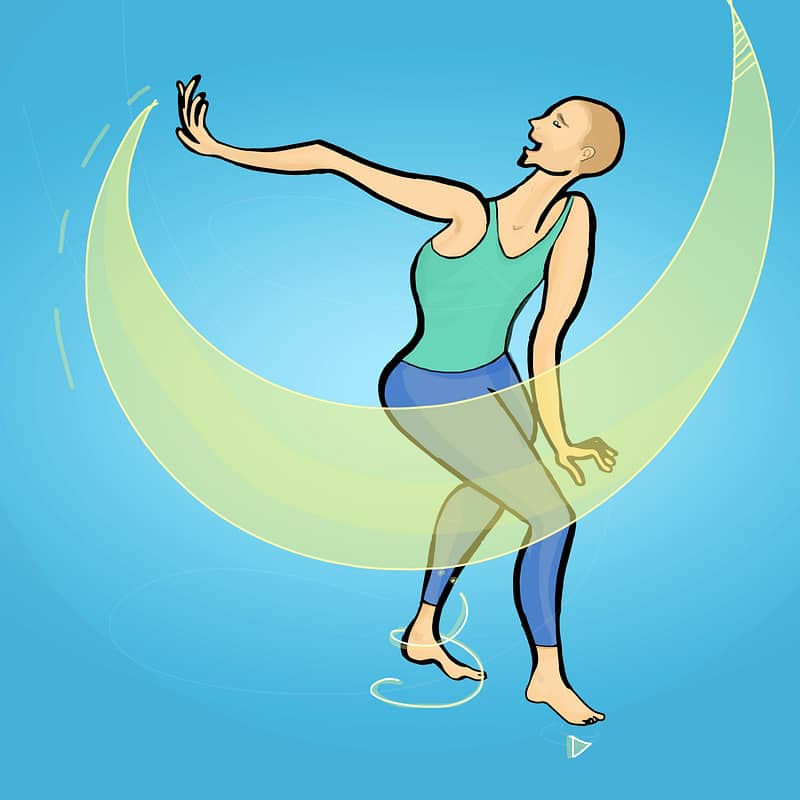Human Movement Experiencing and Observation is an introduction to the practice and skill of movement observation, supporting the development of beginning competencies in Laban/Bartenieff Movement Studies (LBMS), which is a framework (some might call a system) for knowing and understanding a range of human functional and expressive movement capacity. Students learn to embody, describe and communicate body-based and relational movement patterns, at an introductory level. Movement is explored as a language that is both qualitative and quantitative to support development, expression and wellbeing. It is also explored as connected to meaning and self-knowledge.
We take a fun and dynamic approach to movement observation and include developmental aspects of movement which have their origins in the Kestenberg Movement Profile, as well as integrating concepts of neurodevelopmental movement. A large focus of this course is on our students’ own embodiment, strengthening their body connectivity and expansion of each person’s ‘movement repertoire’ or what we also call ‘the continuous you’. In addition, we introduce some initial applications of movement observation in regards to developing dance and movement experiences for individuals and communities. EMF students report feeling enlivened and excited by discovering the dynamic movement potential that lives within all of us!
Learning Objectives for this course:
Through movement experientials (groups, partners, individual), inclusion of writing/art, discussion and reflection, students will:
1) Learn about the history, origins and pioneers of LBMS.
2) Experientially and conceptually understand principles, concepts, and themes within the LBMS framework.
3) Develop knowledge and skills in applying aspects of LBMS’ BESS (Body, Effort, Shape, Space) for personal somatic/expressive practice, and for designing/facilitating EMF sessions for professional practice.
4) Develop skills in relational attunement.
5) Develop skills in self-observation, and begin to apply observation to others.
6) Develop knowledge and skills related to “sensing/sensation”, and their role in all somatic practices.
7) Understand “Patterns of Total Body Connectivity” (LBMS Body) and develop skills in experiencing and designing/facilitating movement that engages the PTBCs.
8) Develop knowledge and skills related to other “Body” related concepts and their application in somatic movement.
9) Develop knowledge and skills related to “Shape” and their application in somatic and expressive movement.
10) Develop knowledge and skills related to “Effort” and their application in somatic and expressive movement.
11) Develop knowledge and skills related to “Space” and their application in somatic and expressive movement.
This course takes place over 7.5 days during the first in-person intensive in Vancouver BC, Canada


